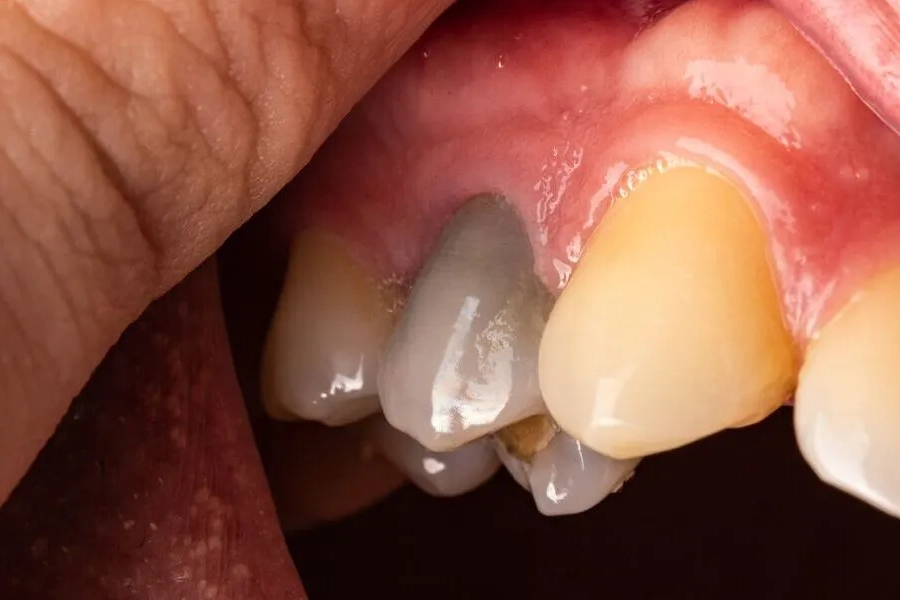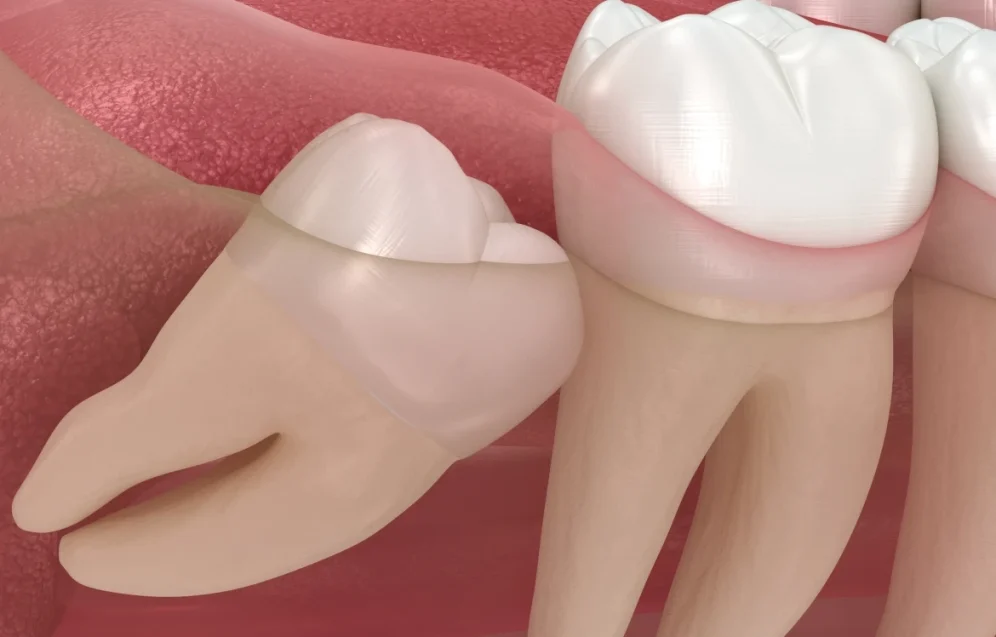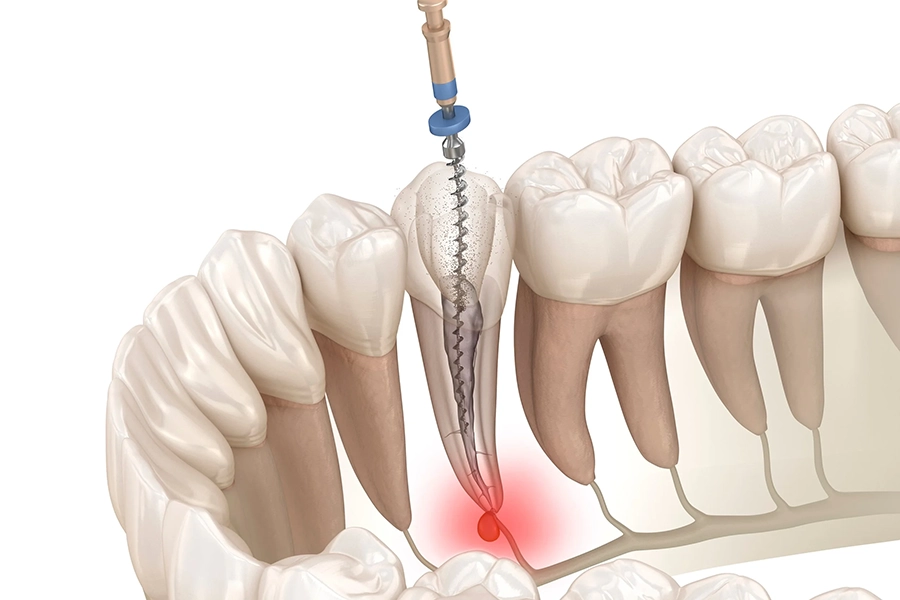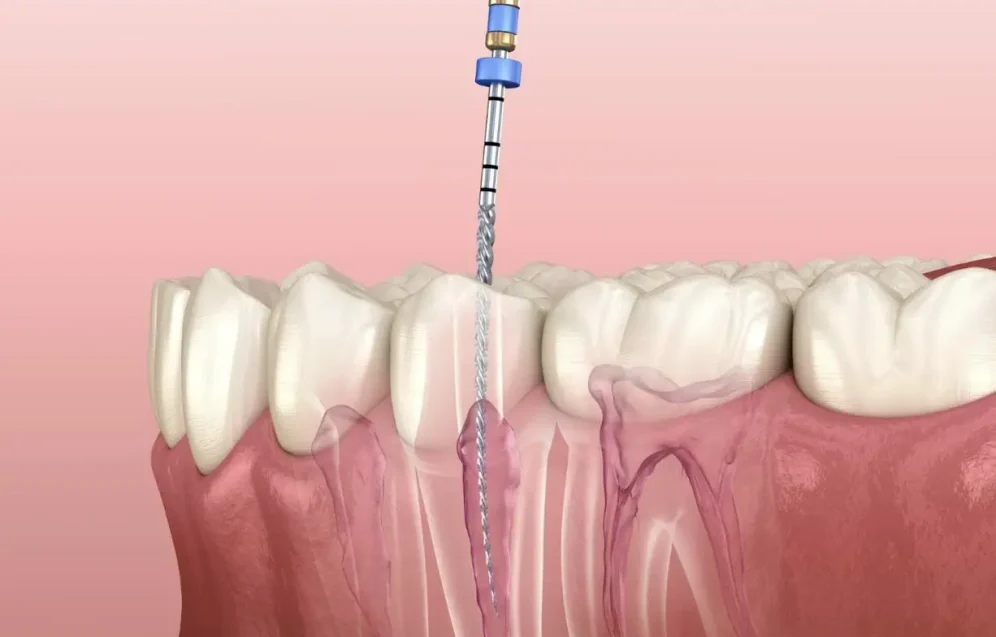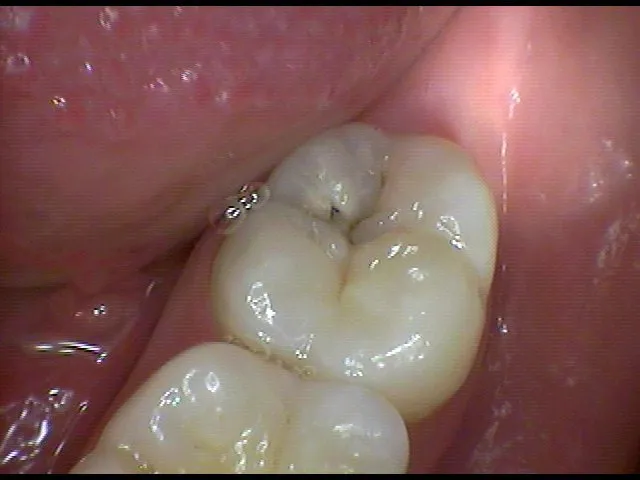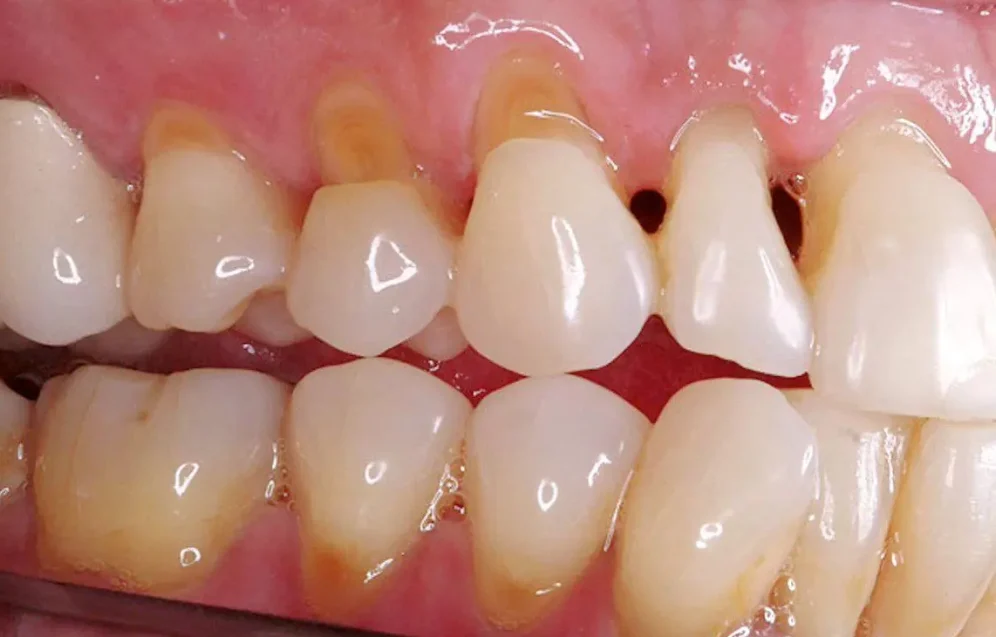Wisdom Tooth Removal After Care
Wisdom Tooth Removal After Care
Wisdom teeth removal is a common dental procedure, but the healing process can be a little daunting for many. At Picasso Dental Clinic, we understand your concerns and we’re here to guide you through the wisdom tooth removal after care process. In this article, we’ll provide a comprehensive guide to ensure a smooth and comfortable recovery.
Wisdom Teeth Removal: The Basics
Before diving into the post-procedure care, let’s first understand what wisdom teeth removal entails. Wisdom teeth, also known as third molars, usually emerge between the ages of 17 and 25. These teeth can often cause problems, such as crowding, infection, or impaction, leading to the need for their removal.
After the procedure, it’s crucial to follow a certain set of guidelines to prevent complications and ensure a speedy recovery. These guidelines encompass aspects like managing pain, minimizing swelling, ensuring proper diet, and maintaining oral hygiene.
Immediate Steps Following Surgery
During the first few hours post-surgery, it’s important to take a few immediate steps for wisdom tooth removal after care:
Bleeding Management
It’s natural to experience some bleeding after surgery. A gauze pad is usually placed over the surgical area to control this. Keep this in place for about 30 minutes post-surgery. If bleeding continues, replace the gauze and bite down firmly for another 30 minutes.
Pain Control
Ensure that you take the prescribed pain medications as soon as you begin to feel discomfort. This will usually coincide with the local anesthetic wearing off.
Activity Restriction
Limit your activities on the day of surgery. Avoid strenuous exercises as they can increase blood flow and lead to more bleeding. Resume normal activities only when you feel comfortable.
Cold Compress Application
To reduce swelling, apply ice packs to the side of your face where the surgery was performed. Do this intermittently for about 20 minutes on, and then 20 minutes off.
Managing Post-Surgical Bleeding
Bleeding is a common occurrence after wisdom teeth removal. It’s important to manage this properly to prevent complications. Here are some tips to help:
Bite on a Gauze Pad
If excessive bleeding persists, place a new gauze pad over the area and bite firmly for another 30 minutes. This pressure can help control the bleeding.
Use a Moistened Tea Bag
If bleeding continues, consider using a moistened tea bag. The tannic acid in tea can aid in forming a clot by contracting the bleeding vessels.
Stay Calm and Upright
Avoid panic and remain calm. Sitting upright can help minimize bleeding. Also, refrain from engaging in any physical activity that might increase your heart rate and lead to more bleeding.
Dealing with Post-Surgical Swelling
Swelling is a normal part of the healing process after wisdom teeth removal. Here’s how to manage it:
Applying Ice Packs
For the first 24 to 36 hours, apply ice packs to the surgical area. Doing this can help reduce swelling.
Switch to Moist Heat after 36 Hours
After the initial 36 hours, switch to moist heat to further alleviate swelling.
Administering Pain Relief
Pain relief is a crucial aspect of wisdom tooth removal after care. Here are some tips:
Over-the-Counter Medication
For moderate pain, over-the-counter medicines like ibuprofen or acetaminophen can be effective. Always follow the recommended dosage instructions.
Prescribed Pain Medication
For more severe pain, your dentist may prescribe stronger painkillers. Be sure to take these as directed. Remember, these can make you drowsy, so avoid driving or operating heavy machinery while on these medications.
Pain Progression
Pain or discomfort is usually at its worst 24 to 48 hours after surgery. Following this, it should steadily decrease. If pain worsens or persists, seek medical attention.
Maintaining a Suitable Diet
What you eat after wisdom teeth removal plays an important role in your recovery. Here’s what you should keep in mind:
Drink Plenty of Liquids
Drink lots of fluids to stay hydrated. However, avoid using straws as the sucking motion can lead to dislodging of the blood clot at the surgical site, leading to a painful condition known as ‘dry socket’.
Eat Soft Foods
Stick to soft, high-calorie, high-protein foods. Foods like mashed potatoes, yogurt, smoothies, soups, scrambled eggs, and cottage cheese are good choices.
Gradually Include Solid Foods
Gradually include more solid foods into your diet as your comfort level allows.
Ensuring Proper Oral Hygiene
Maintaining oral hygiene is essential during your recovery. Here’s how to ensure this:
Gentle Brushing
You can brush your teeth the night of your surgery, but ensure to do so gently, avoiding the surgical sites.
Rinse with Warm Salt Water
From the day after surgery, start rinsing your mouth at least 5-6 times a day with warm salt water, especially after meals. This helps keep the mouth clean and can aid in healing.
Managing Discoloration
Bruising or discoloration is common after wisdom teeth removal. This is due to blood spreading beneath the tissues. It usually appears 2-3 days post-operatively and can be managed by the application of moist heat.
Taking Antibiotics
If you have been prescribed antibiotics to prevent infection, ensure you take them as directed. Discontinue if you experience any adverse reactions and contact your dentist.
Dealing with Nausea and Vomiting
Nausea and vomiting can be side effects of the anesthesia or pain medications. If you experience these, avoid taking anything by mouth for at least an hour after surgery. You can then slowly sip on soothing beverages like tea or ginger ale. Once the nausea subsides, you can begin taking solid foods and prescribed medications.
Understanding Other Potential Complications
Numbness
Temporary numbness of the lip, chin, or tongue is not uncommon. However, if this persists, seek medical attention.
Temperature Elevation
A slight elevation in temperature is normal after surgery. If the fever continues, contact your dentist.
Dry Socket
Dry socket refers to the condition where the blood clot at the surgical site gets dislodged prematurely. This can lead to increased pain and a bad taste in the mouth. If you suspect dry socket, consult your dentist immediately.
Taking Care of Sutures
Sutures or stitches are used to close the wound and promote healing. They usually dissolve on their own in about a week. If they don’t, your dentist will remove them.
In conclusion, wisdom tooth removal after care is crucial for a smooth recovery. Following the guidelines provided can help minimize discomfort and prevent complications. At Picasso Dental Clinic, we’re committed to ensuring your comfort and health during your recovery. Remember, every individual is unique, and recovery may vary. Always consult with your dentist or oral surgeon if you have any concerns during your recovery process.










